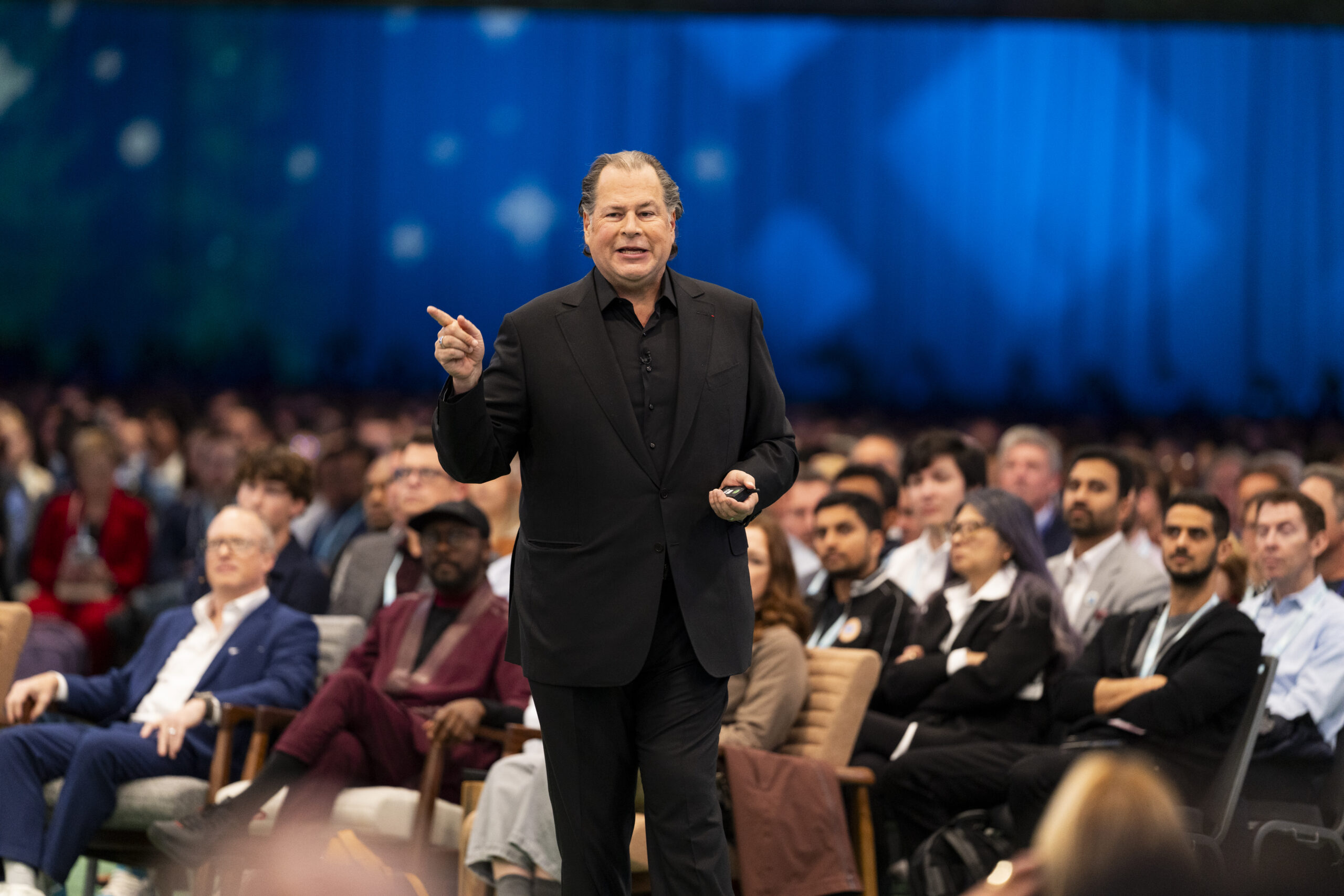Salesforce’s agentic reality check

Well, I've walked these streets
In a carnival of sights to see
All the cheap thrill seekers
The vendors and the dealers, they crowded around me
~Natalie Merchant, Carnival
You have to admit, nobody puts on a customer event quite like Salesforce. From Marc Benioff’s carnival-barker keynote to the usual parade of celebrities, including Rob Lowe, will.i.am, America Ferrera, Ellen Pompeo, Jesse Eisenberg and of course, the highly paid commercial spokesperson Matthew McConaughey. There were customers and partners galore. There were characters in costume and parties and demos – oh my!
In short, it was a typical Dreamforce with tens of thousands of people attending, streets being shut down, hotels and restaurants filled to capacity, the company taking over the area around the Moscone complex, a Metallica concert – the usual bread and circuses.

I didn’t attend the spectacle in person this year. I did, however, observe, from my comfortable perch 3000 miles away from the madness. Oh, I’ve been to a couple of those events. I was there the year that the conference was so big, the company brought in a Carnival cruise ship to handle the overflow from hotels — the irony of the line’s name was not lost on me. One year, I saw a concert in a dark San Francisco warehouse with Gary Clark, Jr., The Killers and The Foo Fighters. I’ve seen things.
This year, as I watched an over-caffeinated Benioff on the live stream deliver his dog and pony show to the accumulated masses, I couldn’t help but feel I was watching a hype fest, full of sound and fury, signifying little. But after digging a little deeper, I realized that perhaps I needed to look beyond the surface nonsense to find some actual substance. Maybe, just maybe, Salesforce has put together an agentic package that would be palatable to enterprise buyers.
A dose of agentic reality
Marc Benioff may be bombastic, but he seems to have learned a lesson since last year’s Dreamforce that implementing agents won’t be quite as easy as he suggested at the prior year’s keynote. It takes some work and preparation. You need to get your data house in order. You need to find reasonable use cases. You have to look beyond what ServiceNow’s head of global innovation, Brian Solis, called “the box of business as usual.”
In an interview with Jim Cramer, a man whose energy gives Benioff a run for his money, the Salesforce CEO admitted he might have jumped the gun a bit last year and they have to wait for customers to catch up, a notable acknowledgment on his part. “The speed of innovation, [which is] huge, is outstripping customer adoption. These customers have to go back and modify massive architectures they have and systems they're running—the world's most important companies, mission-critical systems,” he said.

If AI requires data, that’s a big advantage for a company like Salesforce, which has access to a broad swath of customer, marketing and service data on its systems. Of course, other major enterprise SaaS vendors like ServiceNow and Workday, among others, also have their own data sets to work from. Each of these companies is trying to be the one-stop agentic vendor. Whether any one of them can be, or if it will be someone else like OpenAI or an emerging startup, remains to be seen. It’s not even clear it’s a problem one vendor can solve.
Yet in its infinite marketing wisdom, the company has morphed the Customer 360 branding — originally meant to unify customer data across the Salesforce platform — into Agentforce 360, which purports to connect humans, agents and applications on top of those same systems.
Can they pull it off?
As Benioff admitted, while the promise of agentic AI is great, we are still not seeing widespread adoption. We are only just beginning to build some of the necessary infrastructure around agents like security, identity, governance and observability. We can’t expect widespread adoption inside large companies until these pieces are in place.
As I wrote in an article on the lack of agentic AI adoption earlier this year, “A PwC survey of 300 executives in May found: 'Almost nine out of 10 executives surveyed (88%) say their companies plan to up their AI-related budgets this year due to agentic AI.'” Yet, in spite of this optimism, 68% of respondents said that “half or fewer of their employees interact with agents in their everyday work.”

While the customer interest is there, it takes more than desire. Holger Mueller, an analyst at Constellation Research, says the data piece is crucial and Salesforce wisely attacked that early on. “It all starts with the data,” he said. “Salesforce launched Genie in 2023 (now known as Data Cloud), giving it access to vast amounts of customer data.” He contrasts that with SAP, which announced Business Data Cloud in February and Workday, which launched its own data cloud last month.
In spite of that, with many agentic AI projects stuck in pilots and experiments, being late might not be that bad. Yes, Salesforce jumped on the generative AI bandwagon early, but whether it can execute on that advantage is a big unknown right now.
What we do know is that Salesforce knows how to put on a show and this week it was pushing every button and pulling every lever it could to ensure customers grasped the nature of the agentic change that everyone says is coming. The real question is: will customers respond after the carnival leaves town?
~Ron
Featured photo courtesy of Salesforce





